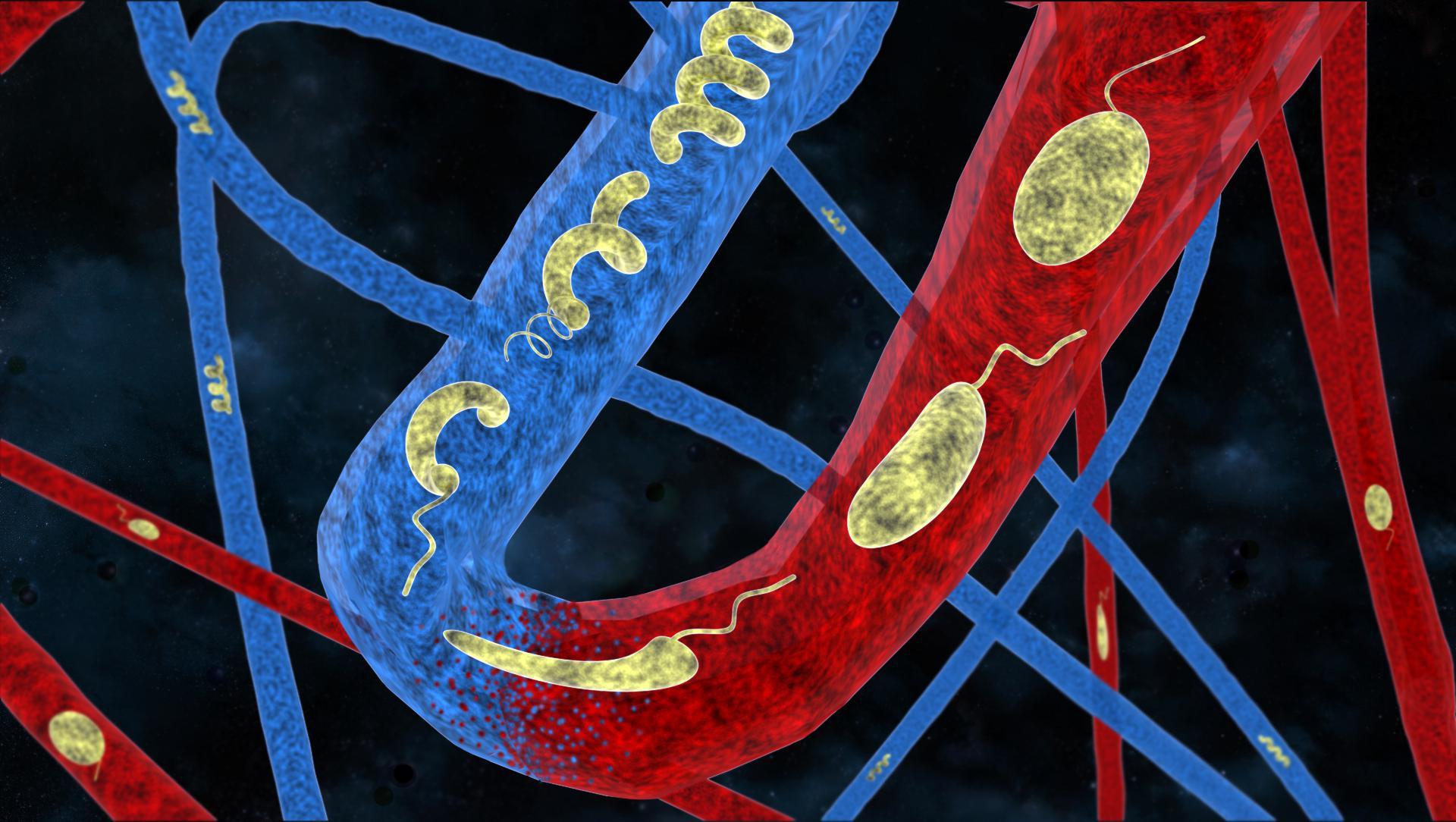Microrobots could one day deliver drugs inside the body

Swiss scientists have developed tiny elastic robots that can change shape depending on their surroundings. They could one day be swallowed to deliver drugs directly to diseased tissue.
The group of researchers – led by Selman SakarExternal link at the Federal Institute of Technology Lausanne (EPFL) and Bradley NelsonExternal link at the Federal Institute of Technology Zurich (ETH) – took inspirationExternal link from bacteria to design smart, biocompatible microrobots that are highly flexible.
As these devices can swim through fluids and modify their shape when needed, they can pass through narrow blood vessels and intricate systems without compromising on speed or maneuverability.
“Nature has evolved a multitude of microorganisms that change shape as their environmental conditions change. This basic principle inspired our microrobot design. The key challenge for us was to develop the physics that describe the types of changes we were interested in, and then to integrate this with new fabrication technologies,” said Nelson in an EPFL statement said on FridayExternal link evening.
The findings are published in Science AdvancesExternal link. The robots could revolutionise targeted drug delivery, the EPFL said.
Origami
The tiny soft microswimmer device uses a folding technique similar to origami, helping it adapt to the environment around it. It is made of hydrogel nanocomposites that contain magnetic nanoparticles allowing it to be controlled via an electromagnetic field.
Its novel locomotion strategy uses embodied intelligence, an alternative to the classical computation paradigm performed by embedded electronic systems.
“Our robots have a special composition and structure that allow them to adapt to the characteristics of the fluid through which they are moving. For instance, if they encounter a change in viscosity or osmotic concentration, they modify their shape to maintain their speed and maneuverability without losing control of the direction of motion,” Sakar said.
These deformations can be “programmed” in advance to maximize performance without using sensors or actuators. The robots can be either controlled using an electromagnetic field or left to navigate on their own through cavities by utilising fluid flow. Either way, the device will automatically morph into the most efficient shape, the statement continued.

In compliance with the JTI standards
More: SWI swissinfo.ch certified by the Journalism Trust Initiative


You can find an overview of ongoing debates with our journalists here. Please join us!
If you want to start a conversation about a topic raised in this article or want to report factual errors, email us at english@swissinfo.ch.